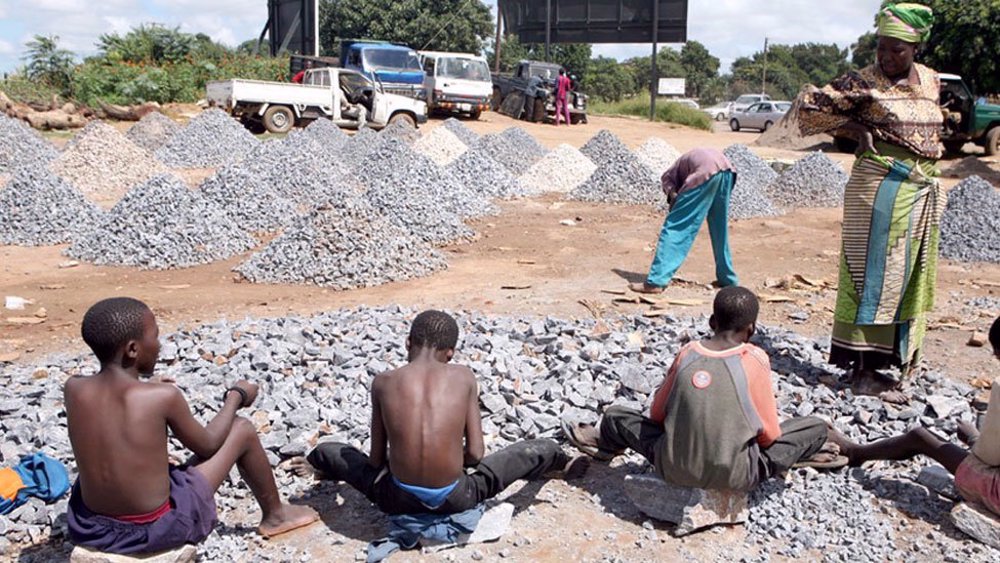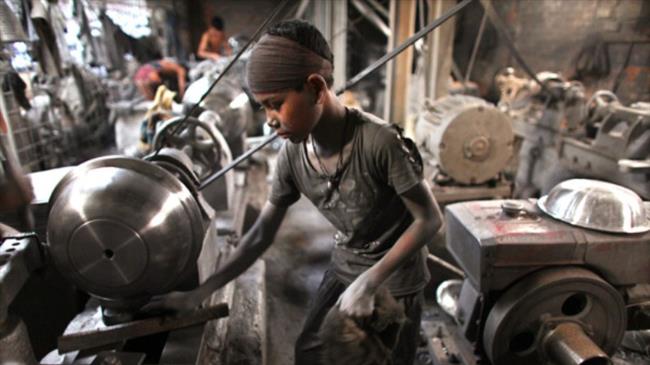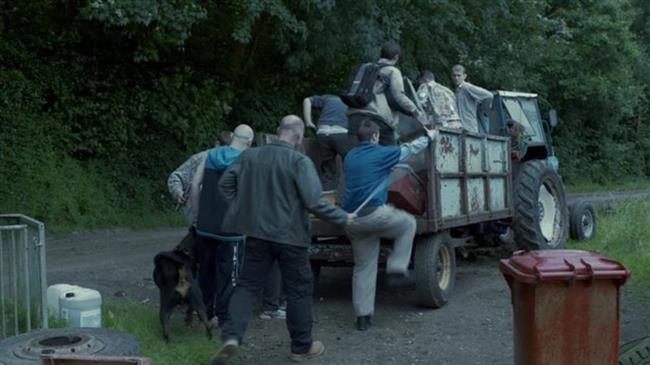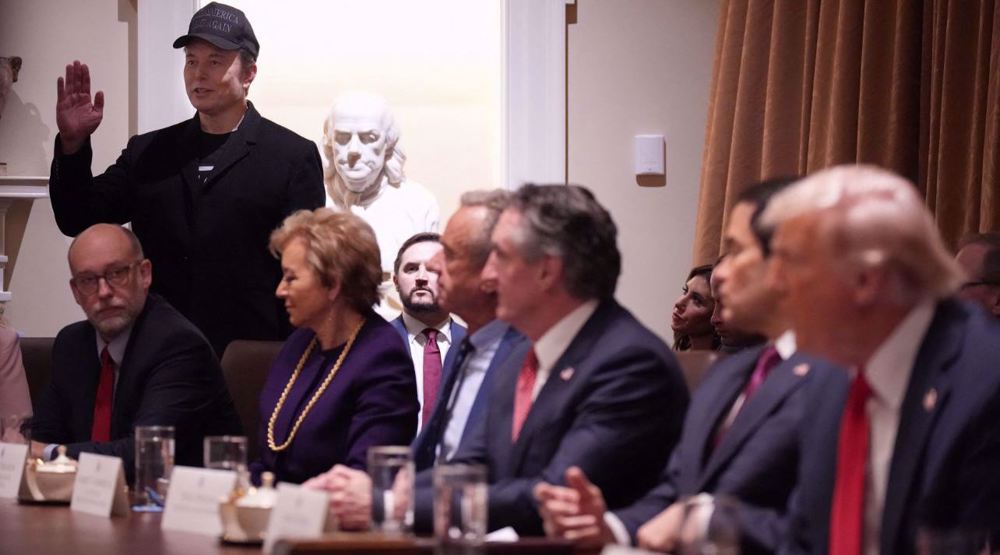UN: Number of people forced into modern slavery around 50mn amid surge in poverty
Fifty million people around the world are trapped in forced labor and other forms of modern slavery, the UN said Monday, warning that their ranks had swelled dramatically in recent years.
The United Nations had set a goal to eradicate all forms of modern slavery by 2030, but the number of people caught up in forced labor and other forms of modern slavery ballooned by 10 million between 2016 and 2021, according to a new report.
The study by the UN agencies for labor and migration along with the Walk Free Foundation found that at the end of last year, 28 million people were in forced labor.
That means nearly one out of every 150 people in the world are caught up in modern forms of slavery, the report said.
The COVID-19 pandemic, which worsened conditions and swelled debt levels for many workers, has heightened the risk, the report found.
Coupled with the effects of climate change and armed conflicts, it has contributed to "unprecedented disruption to employment and education, increases in extreme poverty and forced and unsafe migration," compounding the threat, it said.
"It is shocking that the situation of modern slavery is not improving," Guy Ryder, head of the International Labor Organization (ILO), said in a statement, adding, "Nothing can justify the persistence of this fundamental abuse of human rights."
The situation has been exacerbated by crises such as COVID-19, armed conflicts and climate change, which has left more people in extreme poverty and more forced to migrate, the agency said.
"I think, by and large, that we simply relaxed our efforts. We've taken our eye off the ball when it comes to forced labor," Ryder said, calling for improvements in recruitment practices and labor inspections.
He said trade measures, such as a ban on products and imports made with forced labor currently under review by the European Union, could also help.
'Life sentence'
It is a long-term problem, the report cautioned, with estimates indicating entrapment in forced labor can last years. Women and children are by far the most vulnerable.
Children account for one out of five people in forced labor, with more than half of them stuck in commercial sexual exploitation, the report said.
Migrant workers are over three times more likely to be in forced labor than non-migrant adult workers, it showed.
"This report underscores the urgency of ensuring that all migration is safe, orderly, and regular," Antonio Vitorino, head of the International Organization for Migration (IOM), said in the statement.
Modern slavery is present in basically every country, with more than half of cases of forced labor being detected in upper-middle income or high-income countries.
"It would be a mistake to believe that forced labor is solely the problem of poor countries," Ryder told AFP.
According to the report, the number of people in forced labor swelled by 2.7 million over the same period.
The increase was driven entirely by more forced labor in the private economy, including forced commercial sexual exploitation.
But the report also said that 14 percent of those in forced labor were doing jobs imposed by state authorities, voicing concern about abuse of compulsory prison labor in many countries, including the United States.
(Source: Agencies)
Russia: Threats of using military force against Iran’s nuclear sites ‘unacceptable’
VIDEO | Ramadan in Iran
VIDEO | Trump's controversial moves
VIDEO | Yemen downs 15th sophisticated American drone; vows to keep up support for Gaza, Lebanon
Power generated by Iran’s only nuclear plant at over $8bn: Report
Israel’s Ben Gvir to Netanyahu: Bomb aid deliveries into Gaza
VIDEO | Israel seizes administration of Ibrahimi Mosque, sparking Palestinian outrage
UN envoy warns Israel against ‘unacceptable’ military escalation in Syria












 This makes it easy to access the Press TV website
This makes it easy to access the Press TV website